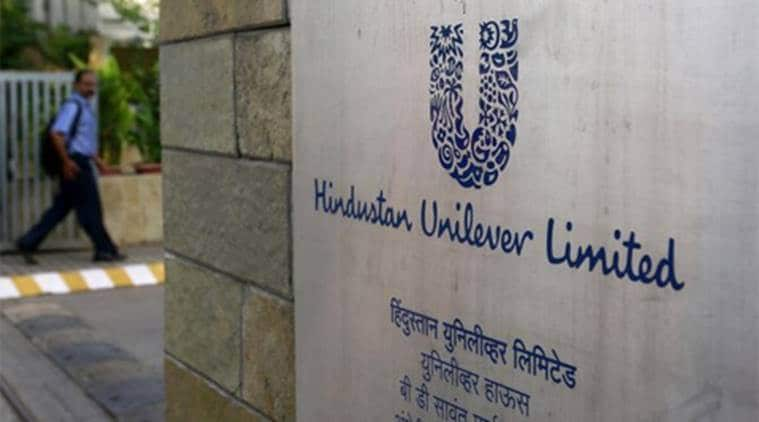Hindustan Unilever (HUL) share price gained up to 2.26 per cent at Rs 2,274 apiece in intraday deals on BSE in the late afternoon session after the company announced that its board of directors will meet on July 21, to consider a special interim dividend. HUL stock price ended 1.84 per cent higher at Rs 2,264.70 apiece in Monday’s volatile trade. HUL stock price is 13.4 per cent away from its 52-week of Rs 2,614 apiece touched in April this year. “A meeting of the board of directors of the Company will be held on July 21, 2020, through audio-visual to consider the proposal for payment of interim (special) dividend, if any, for the financial year ending March 31, 2021 (FY21),” HUL said in an exchange filing.
FMCG major also informed that the board will also consider the standalone and consolidated financial results for the quarter ended June 30, 2020, along with the limited review report of the auditors for the corresponding period. Research and brokerage firm HDFC Securities sees a weak outlook for the April-June quarter of the current financial year. “We expect net revenue growth of 1% YoY driven by GSK acquisition. Core business revenue is expected to decline by 11 per cent on-year,” it said in the report with a ‘reduce’ rating on the stock. According to the brokerage firm, the key monitorable includes improvement in rural business, recovery in personal care, pricing actions and new launches strategy, and sustainability of cost-saving initiatives.
However, brokerage firm Centrum Institutional Research has maintained a ‘buy’ rating to the stock. “Considering management’s focus on launching products in the health/ hygiene space, HUL will continue investing behind its brands which will keep average selling price (ASP) high as percentage of sales, causing a hit to EBITDA margin due to lower operating leverage as the company focused on producing mass hygiene products,” it added.
Vishal Punmiya, a research analyst at Nirmal Bang, remains positive in the medium term on consumer staple companies such HUL, Britannia Industries, etc., which are market leaders with pricing power, have shown agility in on-ground execution, have decent rural exposure, have higher direct reach in the traditional channel and have built diversified portfolio along with a presence in products/categories to help leverage new-age distribution channels.


